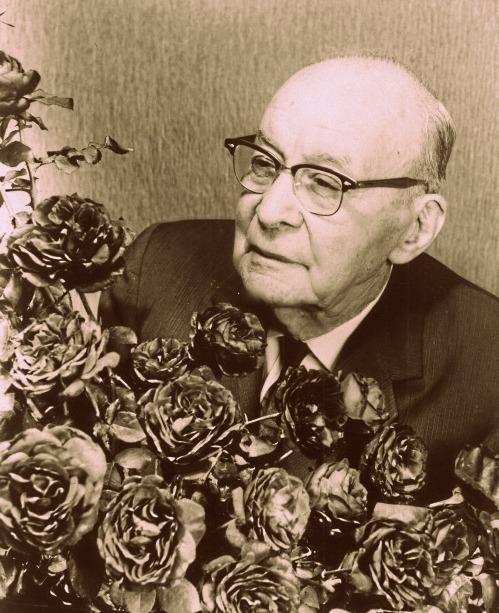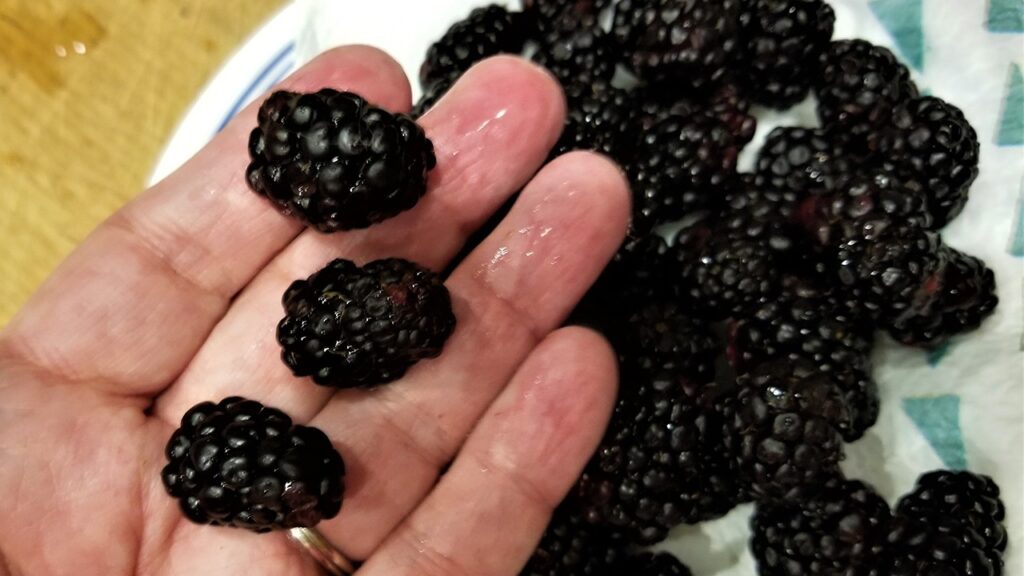
John Samuel Armstrong was born on October 11, 1865, in Ontario, Canada.
by Chris Greenwood
He was content to pursue the career of a cabinetmaker, until the age of 24, Armstrong was diagnosed with severe tuberculosis and encouraged to move to a healthier climate. Ironically, he traversed the continent only to wind up in another Ontario, this one in California.
Virtually penniless, John began handling baggage at the railway station and soon purchased a tent and found after six months that the therapeutic California sun had indeed improved his health. With renewed enthusiasm, Armstrong found full-time employment at a nursery that specialized in growing cypress and eucalyptus to be used as windbreaks in the area’s many citrus groves. A natural entrepreneur, John S. began growing the same type plants in his own backyard. This conflict of interest culminated with an ultimatum from his employer, “Either stop growing plants or buy me out!” The novice nurseryman obliged his boss and Armstrong Nurseries was begun.

The breeding and effort of Armstrong allowed the company to introduce such world famous plants as the Boysenberry, Babcock’ peach, ‘Bonanza’ peach (the world’s first genetic dwarf peach), ‘Seedless Valencia’ orange, ‘Robertson Navel’ orange and ‘Snow Queen’ nectarine. Still, roses were Armstrong’s passion. The 1917 catalog listed 134 different roses, a staggering number for that period.
To remedy the situation of inconsistent quality in the market, Armstrong, along with Jackson & Perkins and Conard-Pyle formed the organization known as All-America Rose Selections (AARS). One of the roses from Armstrong’s, ‘The Chief’, was among the first to be awarded. Some of the finest to come out of Armstrong Nurseries were, ‘Sutter’s Gold’, ‘Helen Traubel’, ‘Mon Cheri’, ‘Olympiad’ and ‘Double Delight’.
John Armstrong stepped down as president of his company in 1947, but remained an active participant until his death in 1965, just three months from his 100th birthday. The AARS award-winning roses, ‘Charlotte Armstrong’ and ‘John S. Armstrong’ are fitting tributes to the married couple. A dying man that left Canada to end his days in a warmer climate, beat the odds, and molded a small nursery into a giant horticultural empire.
